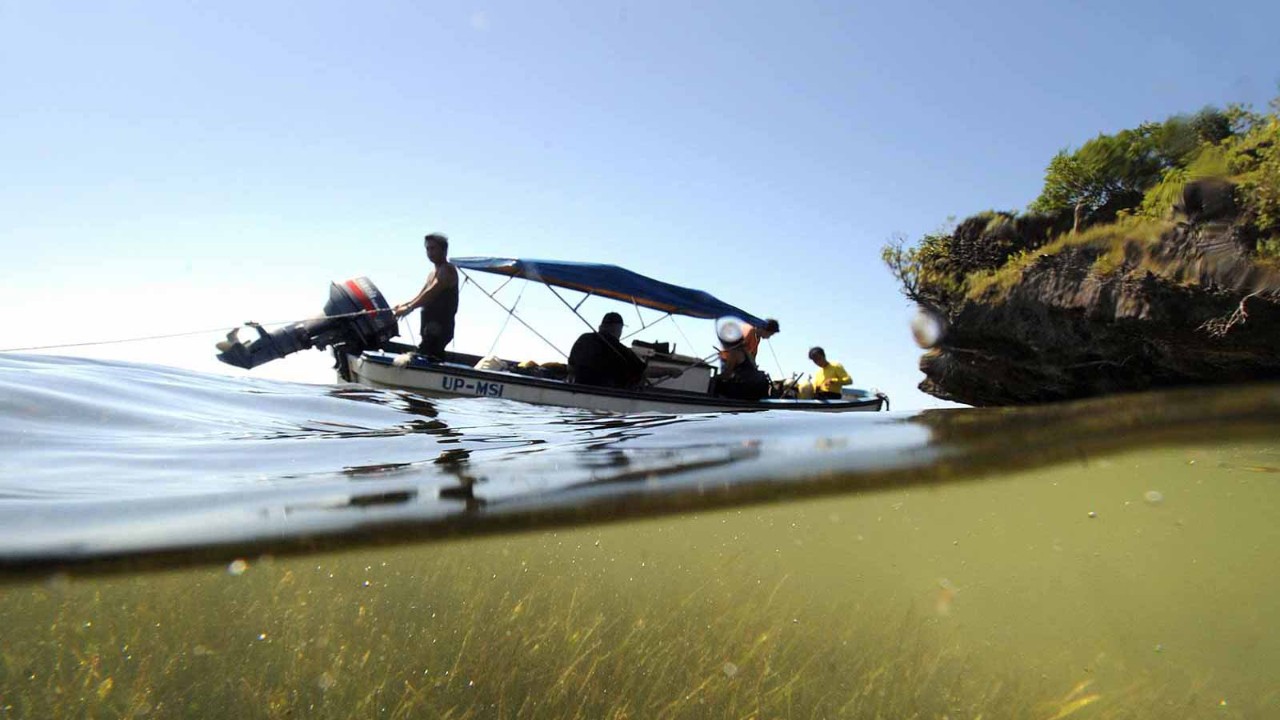
Given South-East Asia’s rich diversity in so many aspects, there is every reason to welcome anything that enables the people and businesses of ASEAN to be on the same page. If it can also speed up the pursuit of sustainability, it ought to be doubly appreciated and embraced.
The ASEAN Taxonomy for Sustainable Finance is such a thing. Developed by the ASEAN Taxonomy Board (ATB) and released last November in conjunction with the COP26 summit, Version 1 of the taxonomy introduces a common language across ASEAN for green finance.
Common language
It is meant to be used as a guide to identify and classify sustainable projects and economic activities. The classification system clarifies what qualifies as green, thus making it easier for the different jurisdictions in ASEAN to communicate and coordinate on labelling for economic activities and financial instruments.
This matters not only to policy makers of the ASEAN member states and stakeholders in the region’s financial markets, but also to international investors. The hope is that the ASEAN Taxonomy will be instrumental in attracting investments and financial flows into sustainable activities in South-East Asia.
ASEAN wants a transition to a sustainable region, and financing is a key component of that agenda.
Profound impact
At stake is much more than economic growth. In the foreword to the ASEAN Taxonomy, the ATB chair from Brunei’s central bank has written the following: ‘The ASEAN region is highly vulnerable to climate change, especially given its coastal populations and reliance on agriculture. Climate change has a profound impact on the citizens, businesses and governments of ASEAN.
‘It has caused economic and physical damage through unpredictable weather patterns, rising temperatures and sea levels, extreme weather events, land degradation and damage to biodiversity, and has resulted in loss of properties, assets and human lives.’
It is therefore no exaggeration to call the ASEAN Taxonomy a milestone towards meeting the Paris Agreement commitments to limit global warming.

A taxonomy that strays significantly from international benchmarks will struggle to establish credibility
Living document
But there are a lot of other milestones to reach. After all, this is merely Version 1. The ATB says the ASEAN Taxonomy is intended to be a living document that is periodically reviewed to reflect technological, scientific, economic and other relevant developments, both regionally and globally.
In fact, because Version 1 will be the basis for consultation, discussion and collaboration, it does not cover certain details and conclusions so as not to pre-empt the outcomes of the engagement with stakeholders.
It is highly likely that the feedback on the ASEAN Taxonomy will include some response to the fact that it is strictly focused on environmental objectives.
Many people associate sustainability with ESG (environmental, social and governance) standards, but S and G elements are almost non-existent in Version 1. The minimum safeguard built into the ASEAN Taxonomy requires that economic activities should not contravene the environmental laws of the relevant ASEAN member states.
Human rights
However, the minimum safeguards in the European Union Taxonomy insist on alignment with specific human rights principles. Bank Negara Malaysia’s Climate Change and Principle-Based Taxonomy and Singapore’s proposed green taxonomy also refer to these principles. In contrast, Version 1 of the ASEAN Taxonomy mentions human rights only once and that is in the foreword.
We know that the ASEAN Taxonomy is not set in stone. What we cannot yet see is whether it will evolve to incorporate social and governance dimensions in its approach to classifying sustainable activities; and, if so, how soon that will happen.
A taxonomy that strays significantly from international benchmarks will struggle to establish credibility. ASEAN must work hard to avoid this.
The ATB says the ASEAN Taxonomy is important because it provides an ASEAN voice. May it prove to be a bold and progressive voice.


